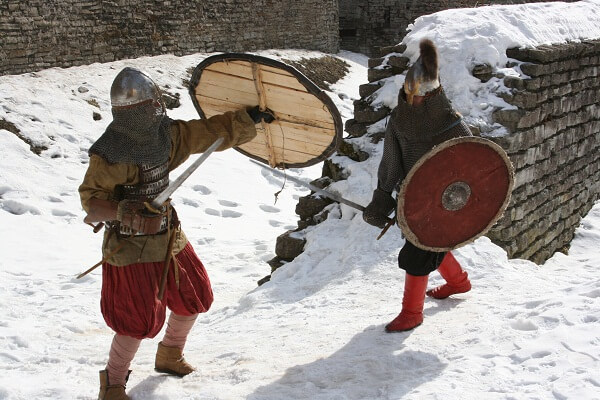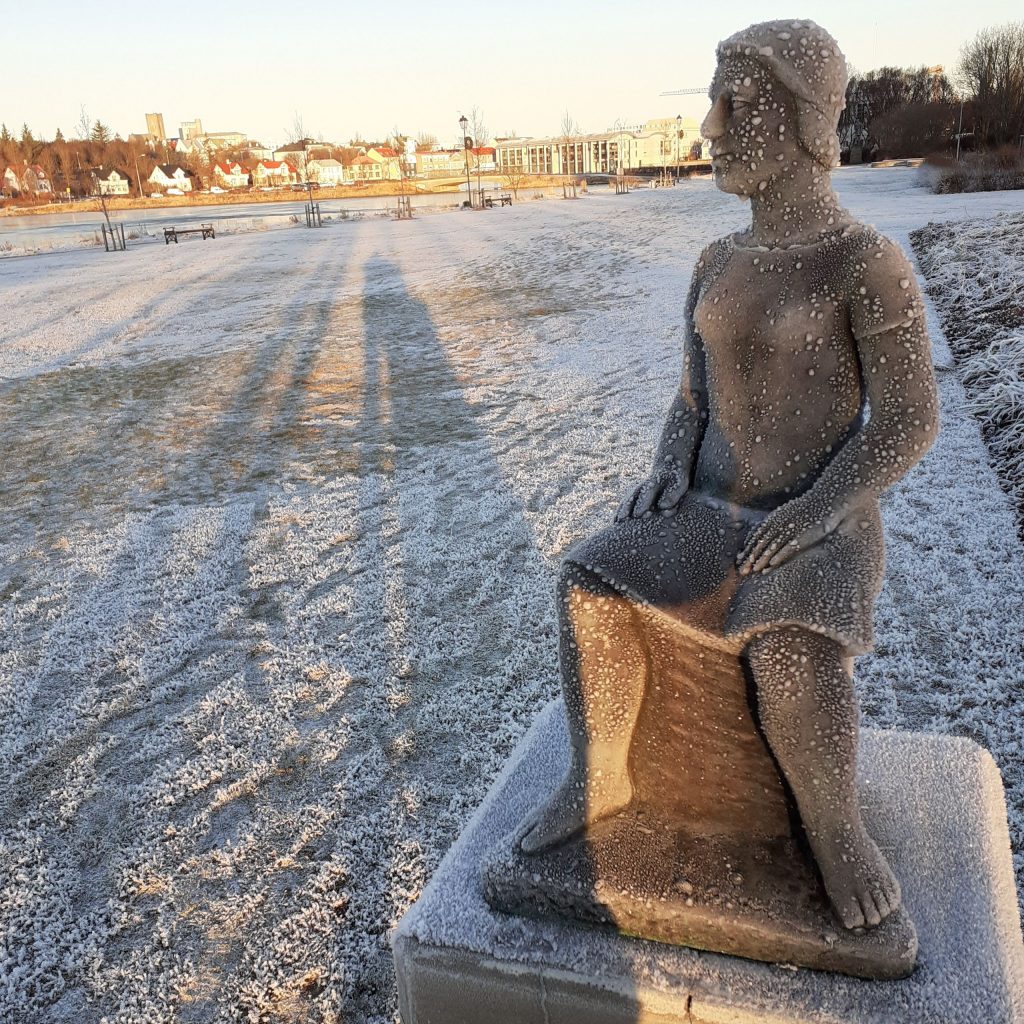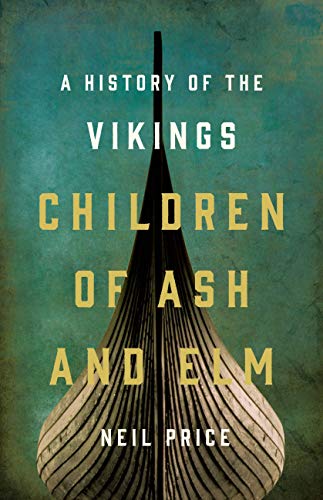This year marks 50 years since the Danes returned many of the Saga manuscripts, including the famed Flateyjarbók, to Iceland. Surprisingly, it also marks the first time in 50 years that possession of the manuscripts has come up for debate.
On June 3rd, the Historian’s Association of Iceland held a conference about the manuscripts in Reykjavik. The tone was set at the beginning when Minister of Education Lilja Alfreðsdóttir stated that discussions were being held with the Danes for the return of further manuscripts. This is partly because the Danes are felt not to be honouring the spirit of the agreement from 1971 regarding manuscript scholarship. As an example, they no longer pay the wages of the one Icelandic chair at the University of Copenhagen, this burden now being shouldered by the Icelandic government.
It is true that much has changed since in 50 years. At the time, the study of Saga manuscripts was centred on Copenhagen but has now almost entirely moved to Iceland which, thanks to new transport and technology, is no longer the outpost it once was. Meanwhile, research in the field in Denmark has lapsed due to decreased interest. In addition, the long-awaited House of Icelandic Studies in Reykjavik is nearing completion, which means that the country will finally have the appropriate showcase for the Sagas.
Perhaps surprisingly, all the Icelandic scholars present agreed that the remaining manuscripts should remain in Copenhagen. And yet, there was considerable dispute among them. Some felt that the debate was settled long ago and therefore it was meaningless to bring it up again. Furthermore, it is in the interest of scholarship to have Saga manuscripts available in other countries. Sweden and Britain have their own Icelandic manuscript collections and others can be found further afield.
Others felt that dialogue with the Danes was all for the good. Even if the results would be the same, with the collection remaining divided between Reykjavik and Copenhagen, the debate was likely to rekindle interest in the Sagas. As Saga scholar Gísli Sigurðsson said, in 1971 people took interest in the Sagas for granted as they had been kept in the public eye partially because of the debate with the Danes. These days, more effort must be made to attract public attention.
And public attention was truly attracted, as the debate continued that evening on the much-watched daily newsmagazine Kastljós on Icelandic public television.
The Icelandic Sagas are some of the best available sources on the Eastern Vikings in existence, as well as the Viking Age in general. The Saga collection in Árnastofnun encompasses some 1.666 manuscripts and manuscript parts, whereas the Danes have retained 700 manuscripts, including the famous Heimskringla, the story of the Norwegian Kings, by Snorri Sturluson.
For the broadcast in Icelandic:
https://www.ruv.is/sjonvarp/spila/kastljos/27725/95ersb
For the manuscript collection (Icelandic, English, Danish):
https://handrit.is/en/




